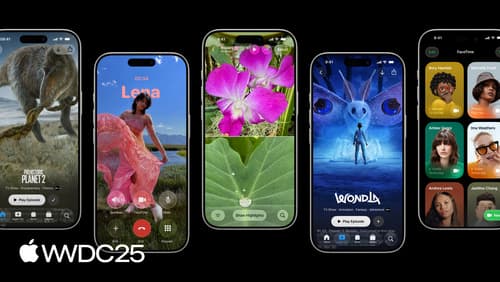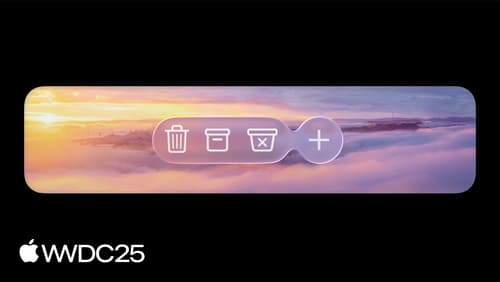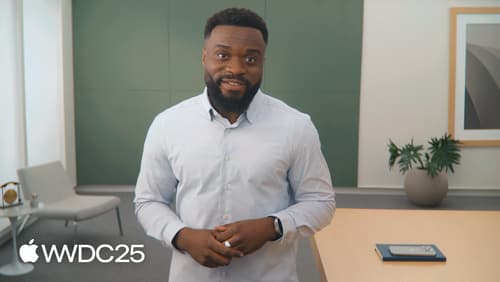Glass effect
Asked on 2025-06-11
2 searches
The "glass effect" is a design feature discussed in several sessions at WWDC 2025, particularly in the context of Liquid Glass. Liquid Glass is a material that creates a distinct functional layer for controls and navigation, floating above other content. It adapts to its surroundings, providing a dynamic and visually appealing interface.
Key Points about Glass Effect:
-
Customization and Adaptivity:
- The glass effect can be customized using APIs like the corner configuration API, which allows the shape of the glass to adapt to its container. It automatically switches between light and dark modes to maintain contrast (Build a UIKit app with the new design).
-
Grouping and Consistency:
- When using multiple glass elements, grouping them in a glass effect container ensures a consistent visual result and improves performance by sharing the sampling region (Build an AppKit app with the new design).
-
Interaction and Visual Effects:
- Liquid Glass responds to user interactions by flexing and energizing with light, making the interface feel responsive and alive. It also adapts its appearance based on the content behind it, ensuring legibility and contrast (Meet Liquid Glass).
-
Design Guidelines:
- Liquid Glass should be used for key controls and navigation elements, avoiding stacking glass on glass to prevent a cluttered interface. It is best reserved for the navigation layer that floats above the content (Meet Liquid Glass).
These sessions provide a comprehensive overview of how to implement and utilize the glass effect in app design, ensuring both aesthetic appeal and functional clarity.

Build a UIKit app with the new design
Update your UIKit app to take full advantage of the new design system. We’ll dive into key changes to tab views, split views, bars, presentations, search, and controls, and show you how to use Liquid Glass in your custom UI. To get the most out of this video, we recommend first watching “Get to know the new design system” for general design guidance.

Build an AppKit app with the new design
Update your AppKit app to take full advantage of the new design system. We’ll dive into key changes to tab views, split views, bars, presentations, search, and controls, and show you how to use Liquid Glass in your custom UI. To get the most out of this video, we recommend first watching “Get to know the new design system” for general design guidance.

Build a SwiftUI app with the new design
Explore the ways Liquid Glass transforms the look and feel of your app. Discover how this stunning new material enhances toolbars, controls, and app structures across platforms, providing delightful interactions and seamlessly integrating your app with the system. Learn how to adopt new APIs that can help you make the most of Liquid Glass.
